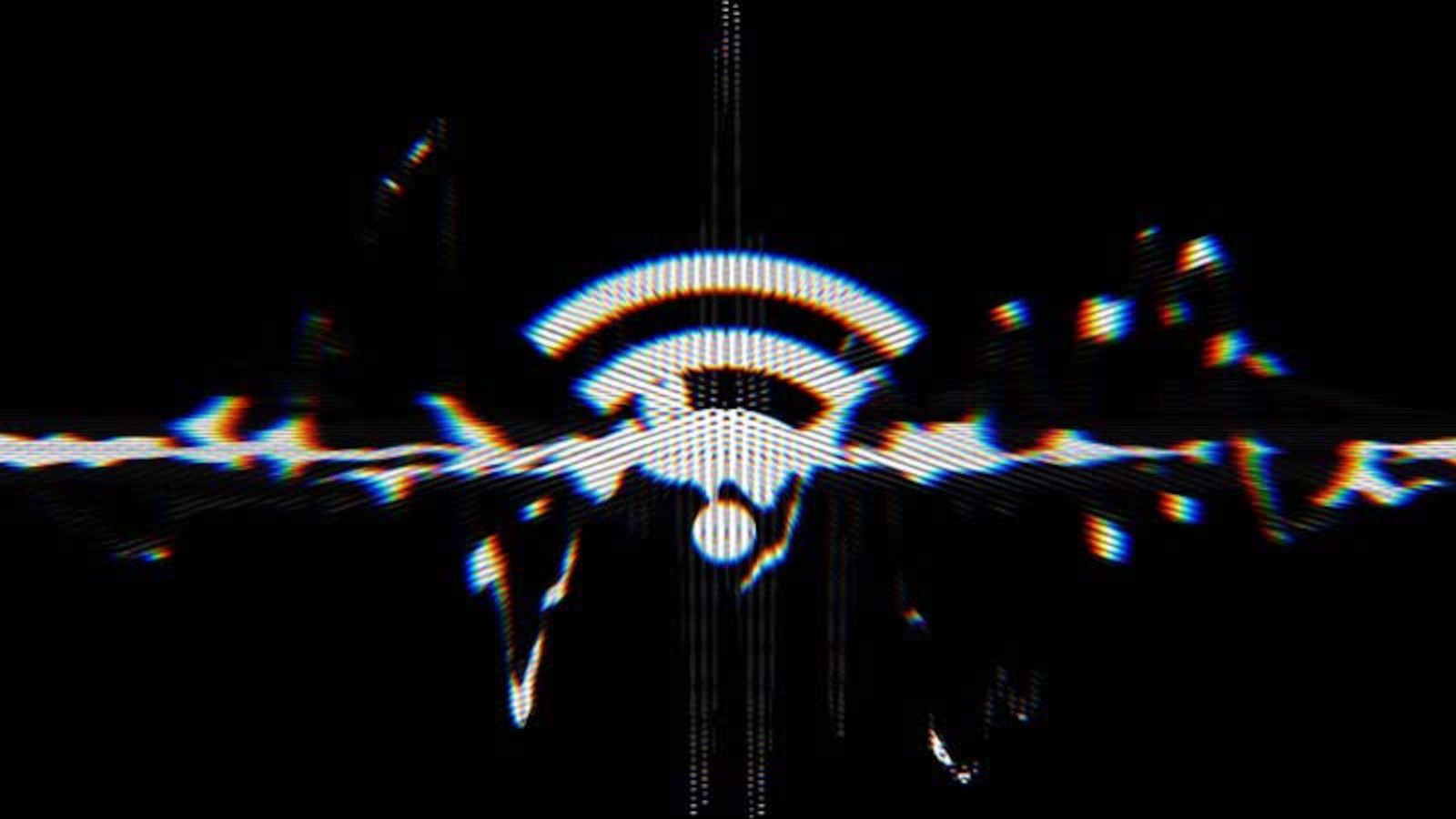Cybersecurity researchers have found a basic safety flaw within the design of the IEEE 802.11 WiFi protocol customary, permitting attackers to trick entry factors into leaking community frames in plaintext kind.
WiFi frames are information containers consisting of a header, information payload, and trailer, which embrace data such because the supply and vacation spot MAC handle, management, and administration information.
These frames are ordered in queues and transmitted in a managed matter to keep away from collisions and to maximise information trade efficiency by monitoring the busy/idle states of the receiving factors.
The researchers discovered that queued/buffered frames aren’t adequately shielded from adversaries, who can manipulate information transmission, shopper spoofing, body redirection, and capturing.
“Our assaults have a widespread impression as they have an effect on numerous units and working methods (Linux, FreeBSD, iOS, and Android) and since they can be utilized to hijack TCP connections or intercept shopper and internet visitors,” reads the technical paper printed yesterday by Domien Schepers and Aanjhan Ranganathan of Northeastern College, and Mathy Vanhoef of imec-DistriNet, KU Leuven.
Energy-saving flaw
The IEEE 802.11 customary consists of power-save mechanisms that permit WiFi units to preserve energy by buffering or queuing frames destined for sleeping units.
When a shopper station (receiving system) enters sleep mode, it sends a body to the entry level with a header that accommodates the power-saving bit, so all frames destined for it are queued.
The usual, nonetheless, doesn’t present specific steerage on managing the safety of those queued frames and doesn’t set limitations like how lengthy the frames can keep on this state.
As soon as the shopper station wakes up, the entry level dequeues the buffered frames, applies encryption, and transmits them to the vacation spot.
An attacker can spoof the MAC handle of a tool on the community and ship power-saving frames to entry factors, forcing them to start out queuing frames destined for the goal. Then, the attacker transmits a wake-up body to retrieve the body stack.
The transmitted frames are often encrypted utilizing the group-addressed encryption key, shared amongst all of the units within the WiFi community, or a pairwise encryption key, which is exclusive to every system and used to encrypt frames exchanged between two units.
Nonetheless, the attacker can change the safety context of the frames by sending authentication and affiliation frames to the entry level, thus forcing it to transmit the frames in plaintext kind or encrypt them with an attacker-provided key.
Assault diagram (papers.mathyvanhoef.com)
This assault is feasible utilizing customized instruments created by the researchers referred to as MacStealer, which might check WiFi networks for shopper isolation bypasses and intercept visitors destined for different shoppers on the MAC layer.
The researchers report that community system fashions from Lancom, Aruba, Cisco, Asus, and D-Hyperlink are identified to be affected by these assaults, with the whole listing beneath.
Examined units discovered susceptible (papers.mathyvanhoef.com)
The researchers warn that these assaults might be used to inject malicious content material, similar to JavaScript, into TCP packets.
“An adversary can use their very own Web-connected server to inject information into this TCP connection by injecting off-path TCP packets with a spoofed sender IP handle,” warn the researchers.
“This will, as an example, be abused to ship malicious JavaScript code to the sufferer in plaintext HTTP connections with as purpose to use vulnerabilities within the shopper’s browser.”
Whereas this assault may be used to listen in on visitors, as most internet visitors is encrypted utilizing TLS, there could be a restricted impression.
The technical particulars and analysis can be found in USENIX Safety 2023 paper, which might be introduced on the upcoming BlackHat Asia convention on Could 12, 2023.
Cisco acknowledges flaw
The primary vendor to acknowledge the impression of the WiFi protocol flaw is Cisco, admitting that the assaults outlined within the paper could also be profitable towards Cisco Wi-fi Entry Level merchandise and Cisco Meraki merchandise with wi-fi capabilities.
Nonetheless, Cisco believes says that the retrieved frames are unlikely to jeopardize the general safety of a correctly secured community.
“This assault is seen as an opportunistic assault, and the data gained by the attacker could be of minimal worth in a securely configured community.” – Cisco.
Nonetheless, the agency recommends making use of mitigation measures like utilizing coverage enforcement mechanisms by way of a system like Cisco Identification Companies Engine (ISE), which might prohibit community entry by implementing Cisco TrustSec or Software program Outlined Entry (SDA) applied sciences.
“Cisco additionally recommends implementing transport layer safety to encrypt information in transit at any time when attainable as a result of it could render the acquired information unusable by the attacker,” reads the Cisco safety advisory.
At the moment, there are not any identified circumstances of malicious useof the flaw found by the researchers.
